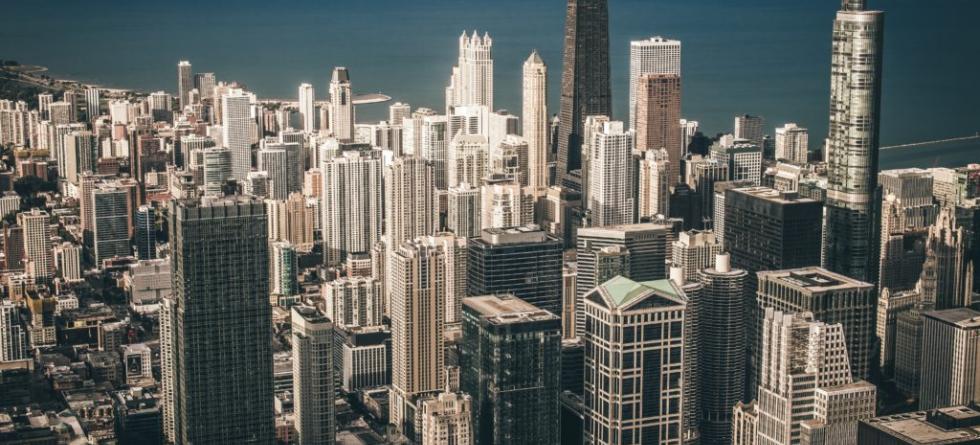The scenarios that we are modelling of the future are based on specific amounts of climate gasses into the atmosphere. But we have not included a way to model the effect of changing policies.
BY INGJALD PILSKOG, BJERKNES CENTRE FOR CLIMATE RESEARCH 16/12/2016
Earth system models are best tools we have to study the climate and how everything fits together here on earth. They combine models of the atmosphere with models of the ocean, land and ice-covered regions to help us understand the climate of the past, present and, most importantly, the future. In these models, we model the carbon cycle, the water cycle, the growth and decimation of forest, and the blooming of algae, and the precipitation and deposition of sediments. With all of this we can hopefully understand what happens when we drill up millions of tons of carbon from the bedrock and spew it into the atmosphere as CO2. But we miss a vital piece in the puzzle: politics.
Our political decisions are not simulated in the Earth system models. Some aspects are there indirectly. The scenarios that we are modelling of the future are based on specific amounts of climate gasses into the atmosphere. But we have not included a way to model the effect of changing policies. President Obama has tried to implement laws and made decrees to mitigate climate change. When now Trump takes over after Obama, we will have a president of USA that has promised to shred the climate agreement. What happens to the climate if we reduce our emissions and mitigate changes for 10 years and then reverse them for 10 years?
Another aspect that we have not included is human habitats. We have included a localisation of where the most emissions are, which is related to where we live. But many other effects of our presence are not included. The local climate is affected when there are large skyscrapers instead of trees in an area. The temperature differences between day and night time is altered when it is asphalt instead of soil on the ground. These local effects on the climate do sum up when a whole cost line is urbanised. Europe would have had a different climate if it were not so densely populated.
One reason this is important to include human habitats, is that some of the most populous places in the world are the big river-deltas in Asia. These areas are also some of the areas that will be worst hit by the changing climate. These areas will feel the effect of rising seas. Their freshwater sources will become brackish. They will experience storm flooding on a more regular basis. Maybe will areas like those around Shanghai and the Ganges river delta become permanently flooded. All of these things can lead to mass migration that is not included in the earth system models. Where the millions of people that will become climate refugees will settle is a matter of politics that will have an impact on our climate. It matters if the refugees are meeting a Trump style wall or will be spread around the not so hard hit countries. Should we not model this if we can?





There is 1 comment
Comments are closed.